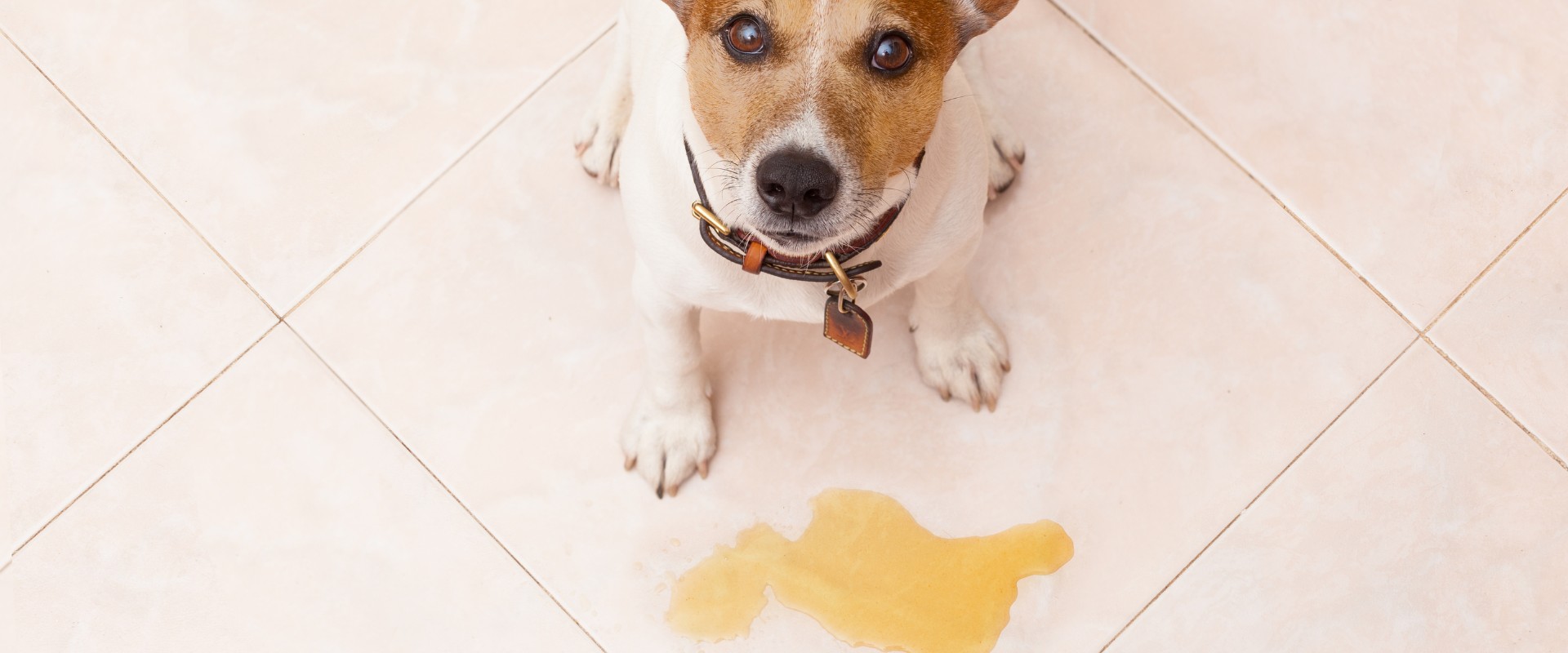Training your dog is a rewarding and essential part of pet ownership. Not only does it improve your dog’s behavior and social skills, but it also strengthens the bond between you and your furry companion. To make the training process effective and enjoyable, you need the right tools in your arsenal. In this article, we’ll explore nine essential tools that can help you train your dog effectively.
- Treats and Treat Pouches One of the most effective ways to motivate and reward your dog during training is by using treats. High-quality treats that your dog loves can be used to reinforce desired behaviors. Treat pouches are handy tools that keep treats readily accessible and make it easy to reward your dog instantly when they exhibit the desired behavior.
- Clicker Clicker training is a popular and effective method that uses a small device called a clicker. The clicker emits a distinct sound when pressed, marking the exact moment your dog performs a desired behavior. Over time, your dog associates the sound with a reward, making it a powerful training tool for precise communication.
- Leash and Collar/Harness Walking your dog is an essential part of training and exercise. A sturdy leash and the right collar or harness are crucial tools for controlling your dog during walks and teaching leash manners. Ensure the leash is the appropriate length and material for your dog’s size and strength.
- Training Treat Dispenser A training treat dispenser is a clever tool that helps you dispense treats more efficiently during training sessions. Some dispensers can be remote-controlled, allowing you to reward your dog from a distance, reinforcing behaviors like recall or staying.
- Training Clicker with Whistle A combination of a training clicker and a whistle can be an excellent tool for advanced training and recall. The clicker marks the behavior, while the whistle provides a distinct sound that carries over long distances, making it useful for off-leash training.
- Target Stick Target sticks are versatile tools for teaching your dog various commands and tricks. They consist of a long stick with a target at the end that your dog can touch with their nose or paw. This tool helps you guide your dog’s movements and teach them to follow commands like “touch,” “heel,” and “spin.”
- Interactive Toys Interactive toys are valuable tools for mental stimulation and preventing boredom. Puzzle toys and treat-dispensing toys engage your dog’s mind, challenge them to problem-solve, and can be used as rewards during training. They can help redirect your dog’s focus onto constructive activities.
- Training Mat A training mat or designated area is an excellent tool for teaching your dog impulse control and relaxation. By having your dog settle on a mat, you can train them to stay in one place until released. This is particularly useful when you have guests over or need your dog to stay calm in specific situations.
- Training Books and Resources While not a physical tool, educational resources such as books, online courses, and instructional videos are essential for dog training success. They provide you with knowledge, techniques, and guidance on different training methods, ensuring you have a solid foundation to train your dog effectively.
Conclusion
Training your dog requires patience, consistency, and the right tools. Whether you’re teaching basic obedience commands or advanced tricks, having the appropriate equipment at your disposal can significantly enhance the training experience for both you and your furry friend. From treats and clickers to leashes and training mats, these nine essential tools can help you build a well-behaved, happy, and well-adjusted canine companion. Remember, a well-trained dog is a happy dog, and a happy dog makes for a harmonious and enjoyable life together.

How to Use Dog Training Tools Effectively
The most important thing to remember when using dog training tools is to be consistent. Your dog needs to know exactly what you are rewarding them for and what behaviors you are expecting from them.
Here are some tips for using dog training tools effectively:
- Use a clicker to mark the exact moment that your dog performs a desired behavior. This will help your dog to understand what you are rewarding them for.
- Reward your dog immediately after they perform a desired behavior. This will help them to learn that the behavior is desirable.
- Use high-value treats that your dog loves. This will make them more motivated to learn and to perform desired behaviors.
- Be consistent with your training commands and rewards. Your dog needs to know exactly what you are expecting from them.
- Keep training sessions short and fun. Your dog will be more likely to learn and to stay engaged if training sessions are short and enjoyable.



